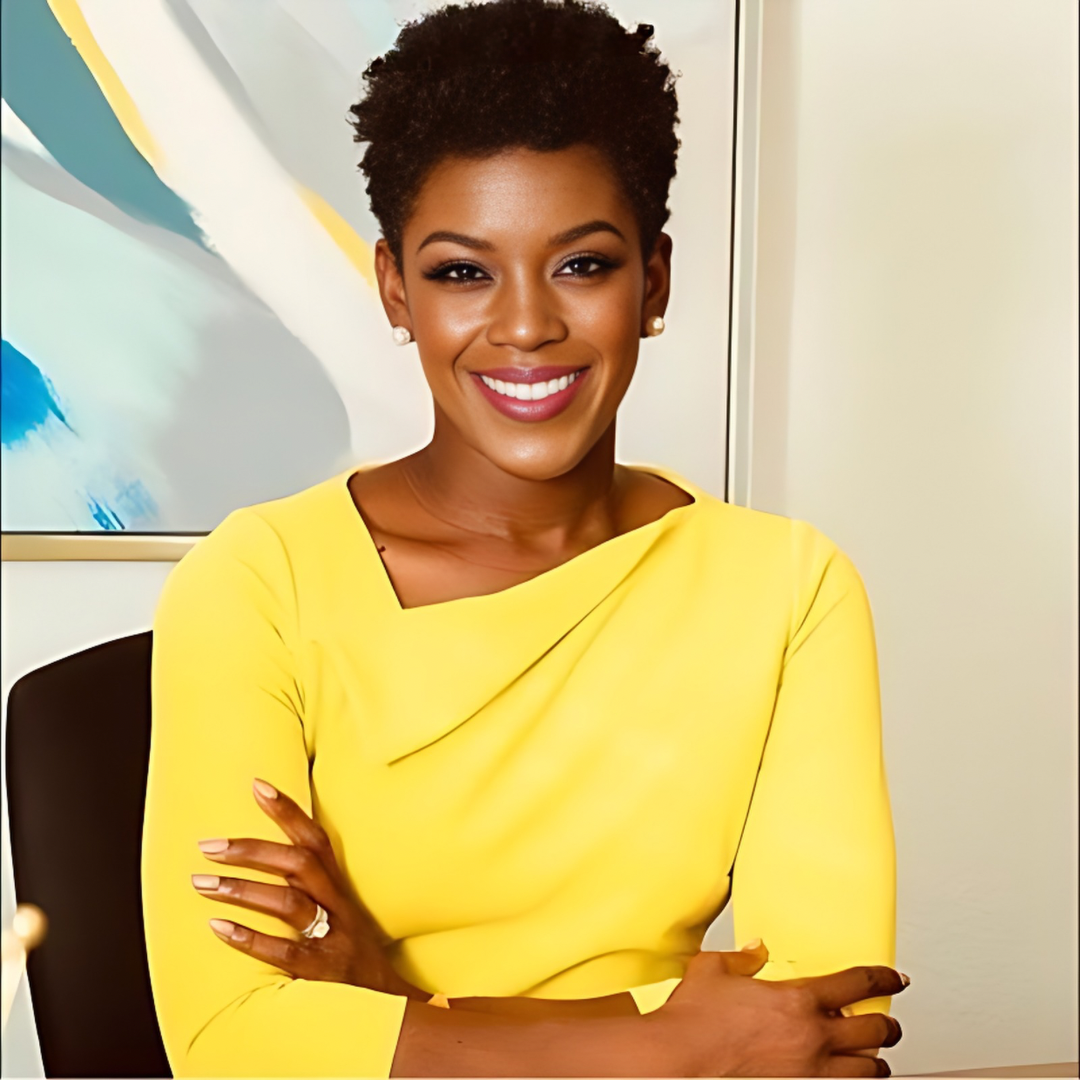Court program bets on autistic kids
.jpg)
In 2018, Justice Sunny Bailey created the Detention Alternative for Autistic Youth. (Photo from Wavebreak Media/Shutterstock)
By the time she was 5, Makena had put her fist through a wall, and punched her mother hard enough to give her multiple black eyes, herniated disks and perpetual bruises.
According to her mother, Justice Sunny Bailey, district court judge for the 8th judicial court in Las Vegas, on an average day at that time, Makena, who is on the autism spectrum, might have logged approximately 250 aggressive acts against herself, others and inanimate objects. And she hadn’t even started kindergarten.
Back then, Makena and her family were living in Washington state and doctors recommended that she be placed in a group home.
Bailey, however, wasn’t convinced. She discovered a program for autistic children in Las Vegas, so she promptly quit her job as an attorney, moved the family there and took a new position as a law clerk.
The program, Lovaas Center for Applied Behavior Analysis, focused on early autism intervention, and cost about $53,000 in 2003. But according to Bailey, it worked. “It’s life-changing,” she says. “I wouldn’t be alive today if we didn’t have it.”
Throughout the process, Bailey learned a very valuable lesson.
“We’re always responsible for our own actions, but what works for a neurotypical youth doesn’t work for a youth on the spectrum,” she says.
DAAY Court
Bailey also says Makena, who is currently 26, commits an aggressive act only once every four or five months now and can speak at a first- or second-grade level. Bailey adds that she doesn’t get a lot of bruises courtesy of her daughter anymore.
Others in Makena’s situation haven’t been as fortunate. The results of studies on autistic youths and crime have varied. One Japanese study found that 18% of sex-related or arson crimes committed by youths are done by those on the spectrum; and combined studies estimate that youths who are in the juvenile justice system that might be autistic range from 1% to 18% because so many are undiagnosed. The prevalence of autism in the general population is approximately 2%.
So in 2018, Bailey created the Detention Alternative for Autistic Youth (DAAY Court). When autistic youths arrive in the Las Vegas 8th Judicial District court charged with crimes ranging from battery to sexual assault, they have the opportunity to go to DAAY Court, which connects those children and teens with the help they need free of charge. These services range from applied behavioral analysis therapy to recreational therapy rather than getting a criminal conviction and a juvenile detention program. Since the program, which is exclusively for those aged 10 to 18, was established, 87 autistic youths have graduated while only seven have returned to the system. The typical child will spend six to 18 months in the program.
“We provide them with the skills so they stay out of the juvenile system,” Bailey says.
For instance, one boy who went through the program had been charged with a sex crime after watching a pornographic video in which a female adult actress said hi to a male, then they immediately had sex.
The boy concluded that if a girl greets a boy in a positive way, that meant she wanted to have sex with him. He acted on his misguided information, Bailey explains, and landed in her courtroom.
“We have to teach him that what you see on TV isn’t true,” she says of that case. “He might not understand the boundaries.”
Following the success of DAAY Court, in July Nev. Governor Joe Lombardo signed Senate Bill 411, encouraging family courts throughout the state to create similar programs.
“The thing that surprised me with today’s bill is that it hasn’t happened before today,” the governor said during a public ceremony following the passage of the bill. “And that’s unfortunate, but now, fortunately, we’re moving forward as a community.”
Matthew Lehman, a licensed behavioral analyst who volunteers for DAAY Court, came across a 15-year-old boy last fall who was living in a group home. “He was one of those kids who could do really well with services, but there was a legal barrier preventing him from getting those services because he was living in a group home,” says Lehman, who started fostering the child and is in the process of adopting him. After Lehman started fostering him, the teen began receiving mental health services.
Lehman says that with autistic youths in the juvenile justice system, the problems are nearly always because of miscommunication and a lack of services, both of which the DAAY program attempt to restore.
“It’s almost never the kid in the end,” he says.
Help for other youths
Following DAAY Court’s success, Pennsylvania Supreme Court Justice Kevin Dougherty created a community education tour to help the justice system understand autistic youths. He visits county courts to implement sensory items and other therapeutic methods to kids on the spectrum who come through his state’s courtrooms.
In the early 2000s, Dougherty was about to adjudicate a case involving a child and send him to juvenile detention, when he noticed that the boy wasn’t making eye contact. The boy’s mother explained that the boy was on the spectrum, and Dougherty moved him into community treatment. That was the start of Dougherty’s attempt to reshape the system, says Shane Carey, judicial administrator for the justice.
So far, the program has helped educate thousands of judges, attorneys and DHS workers about autism and how it could affect the reason why some of the youths were arrested, Carey says. Program leaders are attempting to make the courts more accessible for those on the spectrum by installing blinds so the rooms aren’t as bright, and by providing online slides picturing everything the children can expect when they walk into the courthouse, from pictures of the sheriff to photos documenting what the security process entails. A handful of the Pennsylvania districts have installed sensory rooms in the courthouse.
“It’s become almost like a movement throughout Pennsylvania,” Carey says, explaining that the program is expanding throughout the state.



